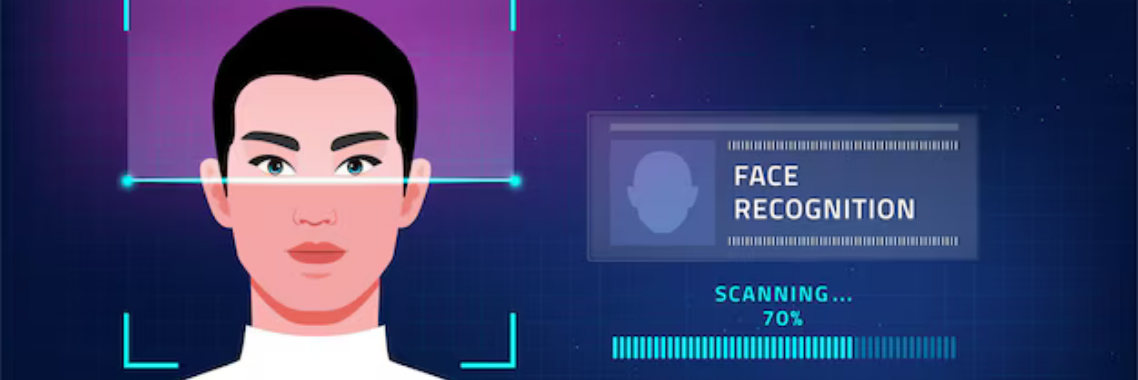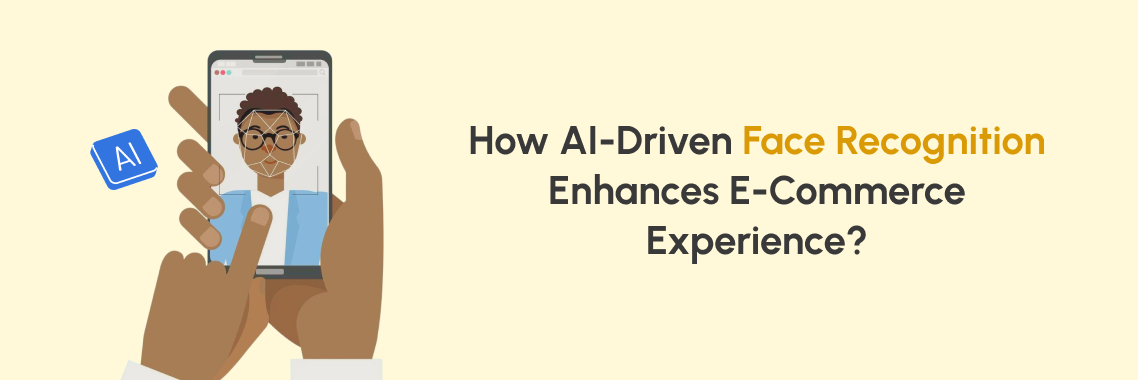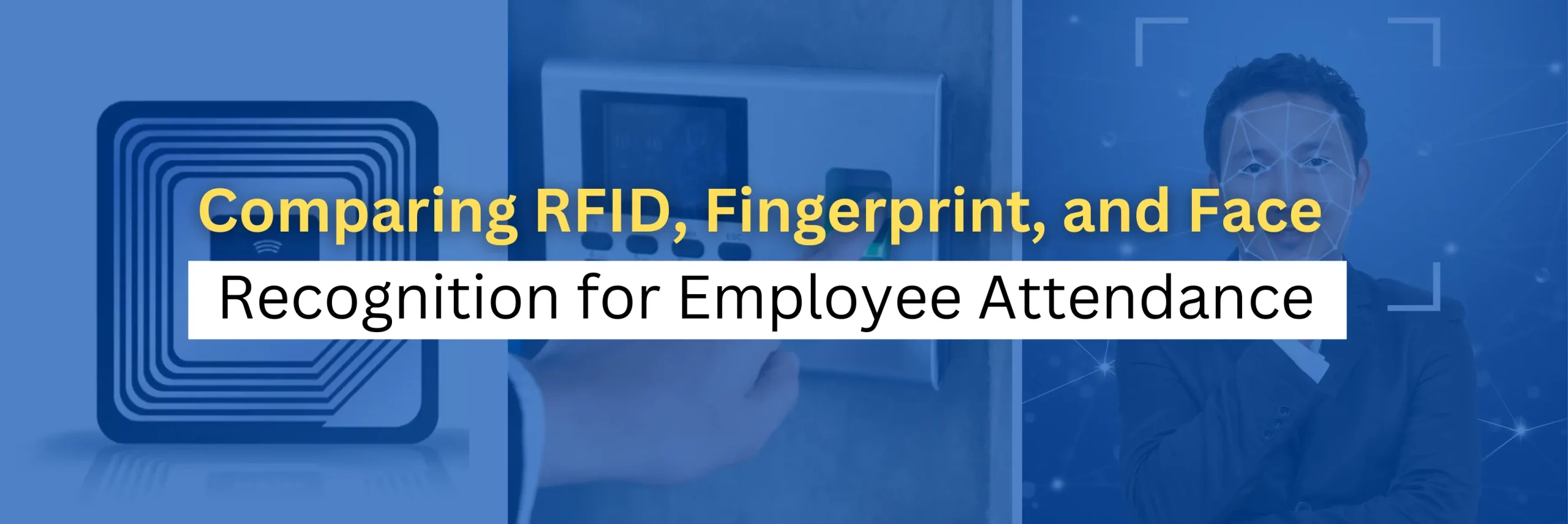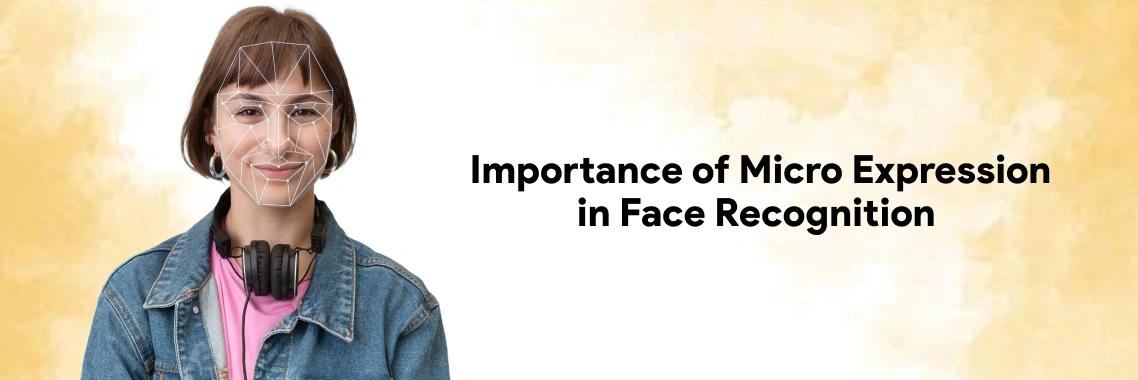All You Need to Know about Face Tracking Software
Face tracking software is widely spreading across businesses to have effective and streamlined operations. Let us explore some of the beneficial factors involved in face-tracking software.
How does face-tracking technology work?
Facial tracking technology permits for the detection and tracking of human faces within digital video frames. This approach has applications in robotics, computers, and mobile devices.
Why is face tracking crucial?
The development of technologies like facial identification and analysis is made possible by face-tracking software.
Face tracking allows for the following face analysis capabilities:
• Track a specific face as it moves across a video stream.
• Determine the quantity of individuals within a live video stream or video frame.
• Identify the direction that a face is looking.
• Do sentiment analysis and identify facial expressions.
Comparing face tracking to earlier biometric detection techniques like iris and fingerprint recognition, facial recognition can be performed with higher accuracy. Additionally, it is more secure and difficult to hack.
How facial recognition software operates
Movies rarely get face recognition right. Every facial recognition system operates differently and is frequently based on proprietary algorithms. Detection, analysis, and recognition are the three main categories of technology used in the process.
Detection
Finding a face in a picture or video is the process of detection. Face recognition technology works something like this, for instance, if you have ever used a camera that recognizes faces and draws a box around them to focus automatically. Face detection does not identify the face; it merely finds the face.
Analysis
Mapping a face involves taking measurements of several facial traits, like the space between the eyes or the chin's shape. This technique is commonly referred to as attribution. Next, the facial recognition data is transformed into a series of digits or points called a "faceprint." The filters on Instagram and Snapchat are powered by comparable technologies.
Recognition
Verifying a person's identity via a picture or video is known as recognition. It is utilized for identity verification like when unlocking cell phones or verification like when doing a criminal search. It seeks to provide an answer to the question "Who is this?"
Applications of face tracking software:
Unidentified Face Monitoring
Retailers can monitor customer flow through their stores and count the number of people who come with anonymous face tracking. Afterward, store layout, personnel, and shelf replenishment may all be optimized with the help of this data.
Additionally, anonymous face tracking can be used by digital signage providers to ascertain the demographics of the audience, the number of persons viewing their displays, and the average amount of time spent staring at them. Advertisers can then utilize this data to optimize their campaigns.
In addition to improving security at stores and airports, facial recognition also makes purchasing more personalized, streamlines check-in procedures and benefits those with impairments. Let us examine in greater detail the ways that facial recognition is becoming popular:
Smartphone unlocking
Passwords are outdated as of 2010. You can unlock your phone with just a glance thanks to face recognition technology found in the newest models. You don't need to memorize a lock pattern or a series of numbers, and it is quick. Additionally, if your phone is taken, your face will shield your data more effectively than any code. It is one in a million chance, according to Apple, that a total stranger will use Face ID to unlock your phone.
Law enforcement
CCTVs with facial recognition count as an added layer of security by monitoring the streets and keeping people safe. Actually, in law enforcement, it's becoming indispensable. The police upload a person's mugshot to national, state, and local face recognition databases after they make an arrest. Future criminal investigations will find this material to be extremely beneficial.
Airport security and border control
By altering the way we navigate airports from check-in to boarding, facial recognition technology facilitates travel. Passengers using biometric passports can expedite security inspections at airports across the globe by utilizing automated ePassport controls. You can proceed by simply scanning your face. Additionally, this technology can quickly identify travelers and identify possible security risks.
Locating individuals who are missing
Finding missing persons or victims of human trafficking is a time-sensitive task. In crowded settings, it can be almost impossible for authorities to conduct physical searches. However, the technology can match faces in real-time and find missing people in airports, retail establishments, and other public places by using images stored in a facial recognition database.
Cutting down on shoplifting
Stocks on shelves are maintained by facial recognition technology. Shoppers who steal more than once and organize retail crooks are identified by stores using this software. When it detects a match between these people's photos and a database of fraudsters, the system notifies security personnel. In addition to lowering the possibility of misidentification, image recognition accuracy also spares retailers some hassle if they come across a criminal.
Banking activities
The future lies in password-free authentication. With only a quick peek at your computer or phone, banks can verify your identity and safeguard your accounts using facial recognition technology. Facial recognition technology's "liveness" detectors protect you even if a hacker attempts to access your account using a picture of you.
Medical care
Hospitals employ facial recognition technology to enhance patient care. Healthcare professionals can quickly register patients, retrieve patient health records and prevent confusion, diagnose genetic illnesses, and distinguish emotions and suffering. To ensure that patients take their medications as prescribed by their treatment plan, certain healthcare apps use facial recognition technology.
keeping track of workers' and students' attendance
Do you recall punch cards and roll calls? They have since departed. These days, facial recognition technology is used in companies and schools to monitor attendance. Through facial recognition technology, identities are verified by comparing scanned faces with database photographs. Knowing who is where and when they are expected to be there is made incredibly simple for businesses and school authorities by technology.
Streamline your Business Operation with Lystface Face Recognition API
Lystface's facial recognition API facilitates the organization with eminent facial features to detect and mark accurate attendance. With specialized Lystface API, you can quickly integrate with your existing software for efficient outcomes.
We provide a user friendly feature approach that allows you to customize our solution to fit your needs and is both adaptable and fully scalable. To lower the possibility of human mistakes, Lystface API replaces laborious manual workflows and processes. Make your business operations easier by integrating our Lystface API.
Contact us today and book our 14-day free trial to learn the working process of Lystface!






